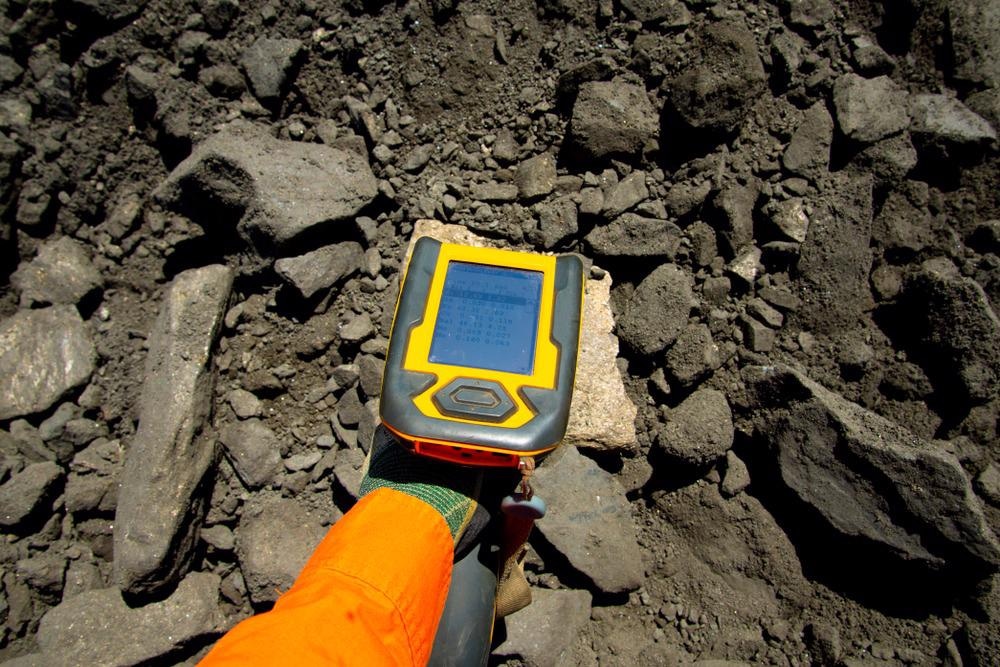The field of archaeology has faced a tricky dilemma since its inception in the 1800s: how to unearth and examine precious historical artifacts and structures without damaging them. Inevitably, nondestructive testing (NDT) methods and survey techniques have proliferated in the field. This article presents key examples of NDT being used for archaeological analyses.

Image Credit: Adwo/Shutterstock.com
The importance of NDT survey techniques is widely recognized in the fields of archaeological research, monument preservation and restoration, and antiquary.
NDT methods are employed to understand the extent of archaeological deposits, assess artifacts’ states of preservation without damaging them, and plan excavation or restoration operations that will enable archaeologists to better target and understand features of interest on the prospective site.
Any inspection method that does not destroy or irrevocably damage the subject of the testing falls under the NDT banner. A wide range of techniques is employed in archaeology, including satellite image processing, global positioning system (GPS) surveys, X-ray fluorescence spectrography and radiography, mass spectrometry, and lead isotope analysis.
NDT for Operations Planning at Tutbury Castle Site
The UK’s Tutbury Castle was recently the subject of extensive NDT surveys that included geospatial technology such as light detection and ranging (LiDAR) sensors, geographical information system (GIS) computing, and GPS data. The program of NDT surveys enabled researchers to explore the castle without undertaking any potentially damaging excavation work
Tutbury Castle is a mostly ruined medieval castle in Staffordshire, England. It is owned by the Duchy of Lancaster but is a UK-government recognized “Scheduled Ancient Monument” that welcomes visitors. Mary Queen of Scots was briefly imprisoned there.
The archaeological project at the castle only used NDT methods due to the historical importance of the site, which made excavating it impossible. A conventional digital survey enabled the team to make a common spatial framework based on differential GPS. The team performed a ground-based LiDAR scan of the castle’s insides and earthworks.
NDT for Conserving Ancient Artworks
Conserving ancient artworks is always important, as they give us a view into the dreams and fears of human societies and cultures that would otherwise be forgotten. Historians use NDT methods to study ancient artworks while keeping them safe for future generations.
Active infrared (IR) thermography applies numerical simulations of heat transfer from the source to the target to understand the properties of the artwork, but this can be a destructive method as it requires gentle heating of the piece’s surface.
To avoid damage such as color changes or shrink and warp effects, researchers need to understand the nature of pigments used as well as the frame, support, and any foreign materials.
To accomplish this, nondestructive X-ray fluorescence spectroscopy and radiography techniques can be applied. This demonstrates the importance of tweaking, combining, and carefully monitoring different inspection techniques to ensure minimal or no damage to the artwork under study.
NDT to Determine the Elemental Composition of Ancient Metal Coins
A team of chemists from the National Institute of Standards and Technology (NIST), Colorado College, and Maryland’s Mount Saint Mary’s University, have demonstrated how NDT methods can help determine the elemental makeup of ancient coins. The technique even worked on coins that were previously considered to be too corroded for this kind of inspection.
The coins were minted in the ancient Roman colony of Judea in the first century CE. The researchers’ analysis provided insight into the region’s trading patterns and local economy, while raising new questions about the identity of the area’s ruler at the time.
NDT methods employed included elemental and isotope analysis of the metal coins. These analyses can reveal a geographical fingerprint due to the unique composition of ores from different regions. Combined with historical records of local mining activity, this analysis can determine when the coin was minted.
However, the researchers wanted to precisely pinpoint whether the coins were minted in the 41 - 45 CE by Agrippa I or after 61 CE by Agrippa II. In order to achieve this, they used X-ray fluorescence with lead isotope analysis to precisely identify the ores used to make the coins.
Corrosion typically affects the results of these inspection techniques, and so they are not commonly used on ancient coins. However, the team used polarizing optics with a powerful new software method for analyzing X-ray fluorescence results to overcome these challenges, further combining this with careful mass spectrometer calibration to maximize their outcomes.
The NIST facility was used for lead isotope analysis, and there it was demonstrated that the coins attributed to Agrippa I were in fact minted in that time. However, the analysis also found that copper in the coins probably originated from mines that were previously thought not to have opened for at least another century.
The fact that this ore came from local mines in Arabia may show that Romans reached the region earlier than previously thought, or that the mines were already open when the Romans arrived. In either case, the new findings from NDT suggest that the relationship between ancient Rome and the region was closer than scholars had previously thought.
More from AZoM: Non-Destructive Testing of Computer Components
References and Further Reading
Brown, R.A. (1959). A List of Castles, 1154–1216. The English Historical Review. https://academic.oup.com/ehr/article-abstract/LXXIV/291/249/441569?redirectedFrom=fulltext
Epstein, M., et al. (2010) Chemical attribution of corroded coins using X-ray fluorescence and lead isotope ratios: A case study from first century Judaea. Applied Spectroscopy. https://journals.sagepub.com/doi/10.1366/000370210791114211
NIST (2010). Nondestructive methods for evaluating ancient coins could be worth their weight in gold. [Online] ScienceDaily. Available at: https://www.sciencedaily.com/releases/2010/05/100527124053.htm
Shrestha, R., et al. (2021) A numerical–thermal–thermographic NDT evaluation of an ancient marquetry integrated with X-ray and XRF surveys. Journal of Thermal Analysis and Colorimetry. link.springer.com/article/10.1007/s10973-021-10571-2
Disclaimer: The views expressed here are those of the author expressed in their private capacity and do not necessarily represent the views of AZoM.com Limited T/A AZoNetwork the owner and operator of this website. This disclaimer forms part of the Terms and conditions of use of this website.